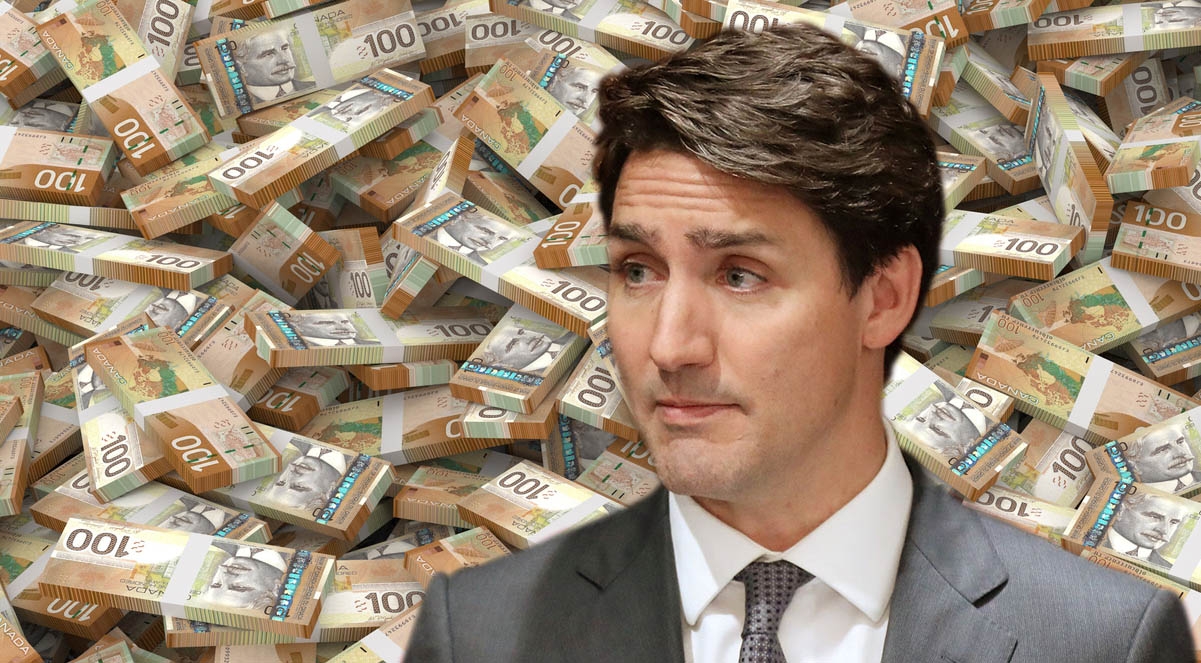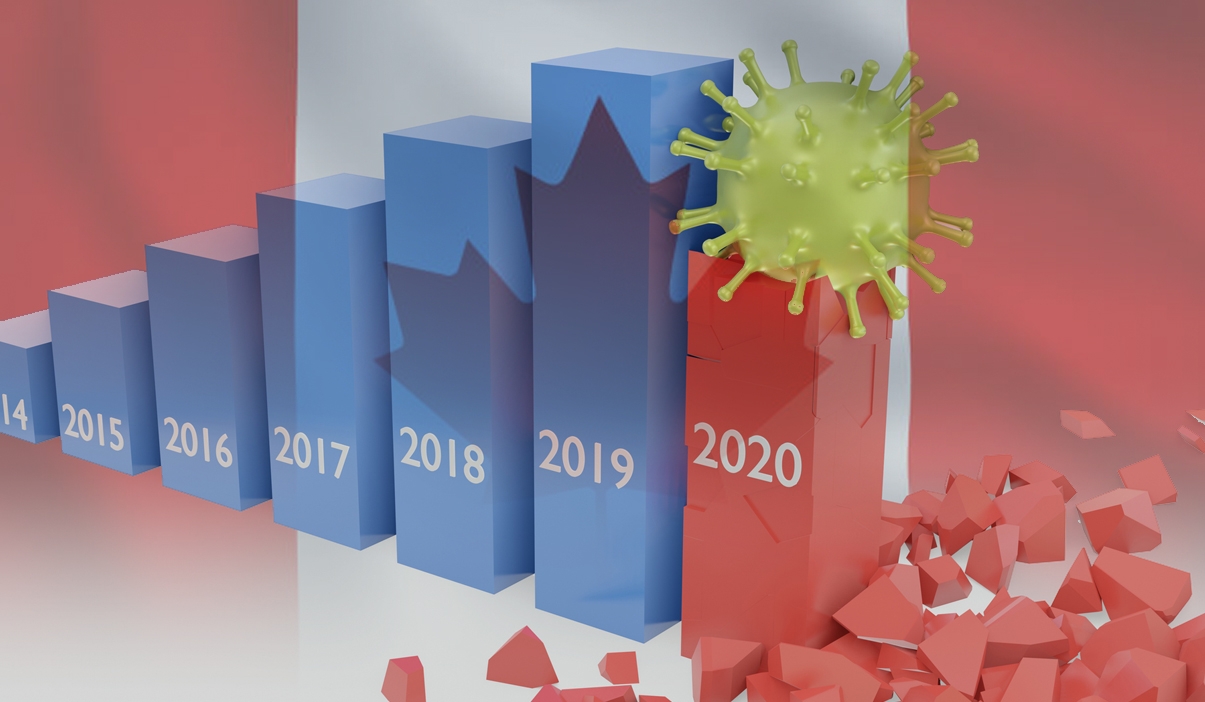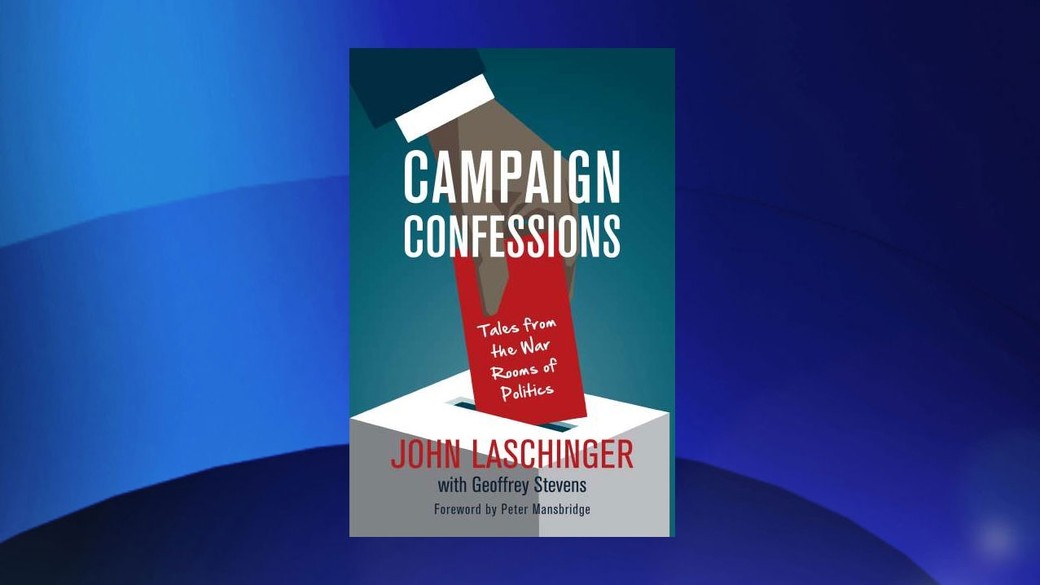
Canadian think tank scolds Trudeau government for free spending ways
C.D. Howe Institute concerned about mounting debt, calls for fiscal responsibility and economic growth
In “Getting Serious: A Shadow Federal Budget for 2022,” authors William B.P. Robson, Don Drummond and Alexandre Laurin examine the federal government’s financial position and propose a change of course, from free-spending ways to fiscal responsibility and support for economic growth. Their proposed fiscal plan would put the federal government on a path to a balanced budget within three years and, beyond the five-year budget horizon, restore its debt-to-GDP ratio to its pre-pandemic level within 12 years.
“We’re in denial about the challenges we face and are not prepared for future crises,” says Drummond, a Fellow-in-Residence at the Institute. “Our Shadow Budget would ensure a sustainable path for federal and national finance with the ratio of net debt to GDP declining immediately and deficits ending by fiscal year 2024/25.”
Specifically, the Shadow Budget’s initiatives would reduce the ratio of net debt to GDP from about 48 percent this year to 42 percent in 2026/27. From a deficit of $148 billion this year, the bottom line would swing to a $15 billion surplus by the end of that period.
As Robson explains: “Our combination of growth-enhancing and fiscally prudent policies would redress the damage COVID has done to federal fiscal capacity and provide more resources Canadians will need to address an aging population, climate change, subsequent pandemics, and challenges not yet foreseen.”
Robson, Drummond, and Laurin say the 2021 Federal Budget and Fall Update were missed opportunities to engage Canadians in a discussion about the economic and fiscal challenges facing the country. They say the answer to reducing downside risks requires bolstering growth. “Canadians need measures to foster jobs, investment and productivity to ensure future prosperity and underwrite the tax revenues that will support federal programs and a return to a sustainable fiscal position,” they explain.
An indispensable asset for future generations will be a federal government with the restored capacity to deal with foreseeable stresses and unforeseen crises and deliver services sustainably. A key asset of that restored capacity would be a federal debt-to-GDP ratio of around 30 percent, they write. Conversely, a fiscal path with a persistently higher debt ratio puts the burden of the income supports triggered by the pandemic, not on the cohort that benefitted, but on future cohorts.
The authors emphasize that the federal government should scrutinize potential new spending more rigorously. When new spending is justified, the money should come from current taxes, not borrowing. “It would be fairer to pay for new spending and debt reduction with new revenue, and any increase in borrowing relative to this fiscal plan should be small enough to ensure that the debt ratio continues to fall,” says Laurin.
The Shadow Budget would rescind expensive initiatives that are not yet in the fiscal framework. These initiatives include a national pharma care program and a basic income. The Shadow Budget would also withdraw recent proposals to limit deductibility of interest and reduce Canada Mortgage and Housing Corporation mortgage insurance premiums.
The Shadow Budget’s key recommendations include:
- Supporting Economic Growth
- Preventing Employment Insurance (EI) hikes by crediting the EI operating account to cover the cost of freezing contribution rates.
- Implementing a temporary general investment tax credit, applicable to all investments in depreciable assets, including intangibles, at a rate of 5 percent.
- Reducing the corporate income tax rate from 15 percent to 13 percent starting in 2025, after the impact of the temporary investment tax credit.
- Establishing an “IP Box” tax mechanism whereby income from patents and other intellectual property generated by activity in Canada would face a lower corporate tax rate.
- Fiscal Prudence
- Transitioning federal employees’ pension plans to shared-risk, shared-governance plans in which taxpayers bear less risk.
- Prioritizing funding for infrastructure projects under direct federal control, such as investments in capacity and added security for marine, rail and air transportation, and military assets.
- Freezing federal departmental operating budgets for wages and salaries at their 2021 levels for five years while ensuring competitive compensation for federal employees.
- Introducing legislation to make strike pay taxable as ordinary income.
- Funding new spending with a higher GST rate, rather than growth-inhibiting hikes in personal and corporate income taxes.
- Providing a more generous tax treatment of medical expenses by lowering the threshold to 1.5 percent of net income or $1,240.
- Increasing the GST on transportation fuels by ten percentage points, starting in fiscal year 2024/25, after recent surges in energy prices will have receded.
- Reducing the base amount of the age credit from $7,898 to $4,000.
- Phasing out the tax credit for first-time homebuyers.
- Eliminating labour-sponsored venture capital corporations (LSVCCs).
Read the Full Report at https://www.cdhowe.org/public-policy-research/getting-serious-shadow-federal-budget-2022
The C.D. Howe Institute is an independent not-for-profit research institute whose mission is to raise living standards by fostering economically sound public policies. Widely considered to be Canada's most influential think tank, the Institute is a trusted source of essential policy intelligence, distinguished by research that is nonpartisan, evidence-based and subject to definitive expert review.
Photo: iStock








